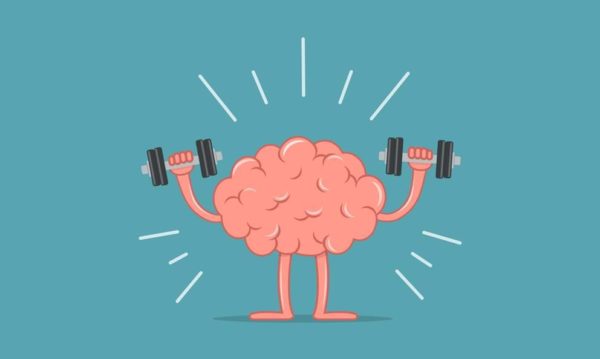Healthy Eating on a Budget
Learn practical tips for eating nutritious meals without overspending.
Step 1: Plan Your Meals in Advance
Meal planning helps you avoid impulse purchases and reduces food waste. Create a weekly meal plan that
includes affordable and nutritious meals, focusing on ingredients you already have at home.
Pro Tip: Use a shopping list to stick to your budget and avoid unnecessary items.
Step 2: Buy in Bulk
Purchasing staples like rice, beans, pasta, and oats in bulk can save money in the long run. Look for bulk
options at your local grocery store or wholesale club for additional savings.
Pro Tip: Store bulk items in airtight containers to keep them fresh for longer.
Step 3: Focus on Seasonal Produce
Seasonal fruits and vegetables are often more affordable and taste better than out-of-season produce. Plan
your meals around what’s in season to get the most value for your money.
Pro Tip: Visit local farmers' markets for fresh, affordable produce and support local growers.
Step 4: Cook at Home
Preparing meals at home is significantly cheaper and healthier than eating out. Focus on simple recipes that
require minimal ingredients but still provide balanced nutrition.
Pro Tip: Batch cook and freeze meals to save time and reduce food waste.
props.adsense_in_article_ads
Step 5: Choose Plant-Based Proteins
Plant-based proteins like lentils, chickpeas, and tofu are not only healthy but also budget-friendly.
Incorporate these into your meals to save money without compromising on nutrition.
Pro Tip: Experiment with meatless meals a few times a week to cut costs.
Step 6: Avoid Pre-Packaged and Processed Foods
Pre-packaged and processed foods are often more expensive and less healthy than whole foods. Opt for fresh
or frozen produce and prepare meals from scratch to save money and avoid added preservatives.
Pro Tip: If you do buy pre-packaged foods, compare unit prices to find the best deal.
Step 7: Use Leftovers Wisely
Transform leftovers into new meals to reduce waste and save money. For example, use leftover roasted
vegetables in a stir-fry or make a soup from chicken bones and scraps.
Pro Tip: Label and freeze leftovers if you can’t use them right away to extend their shelf life.
Step 8: Look for Sales and Discounts
Take advantage of sales, discounts, and coupons to cut costs. Stock up on non-perishable items when they’re
on sale, but only buy what you know you’ll use.
Pro Tip: Use grocery store apps to find deals and plan your shopping trip accordingly.
Step 9: Drink Water Instead of Sugary Beverages
Water is not only the healthiest beverage but also the most cost-effective. Skip sugary sodas and expensive
coffee drinks to save money and reduce your calorie intake.
Pro Tip: Invest in a reusable water bottle to stay hydrated on the go.













